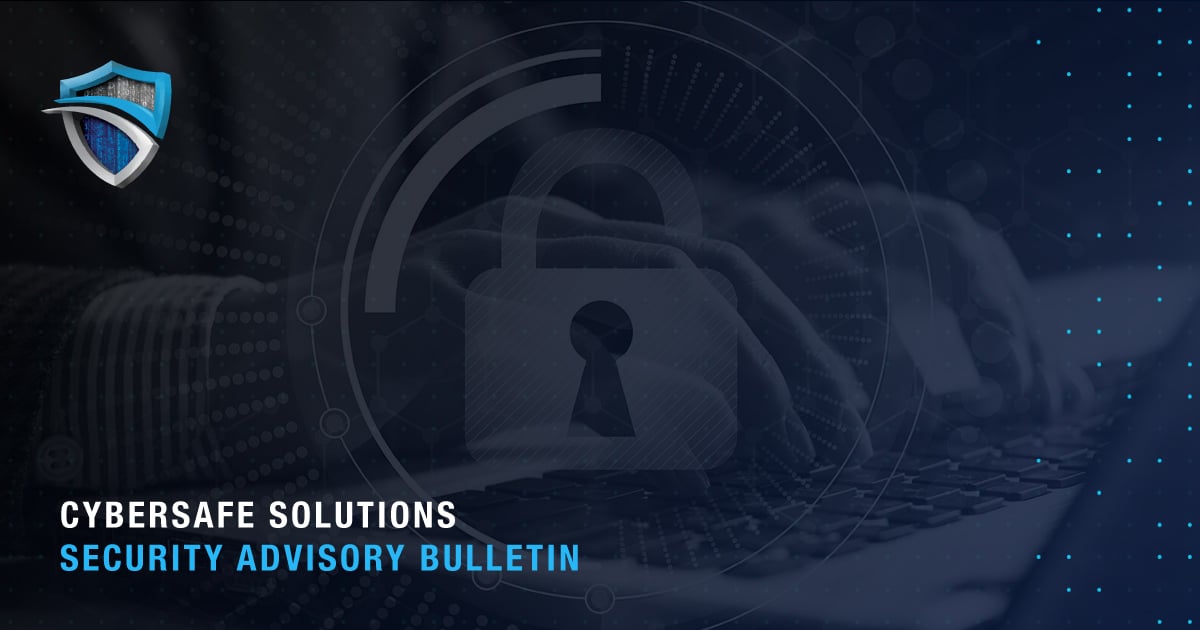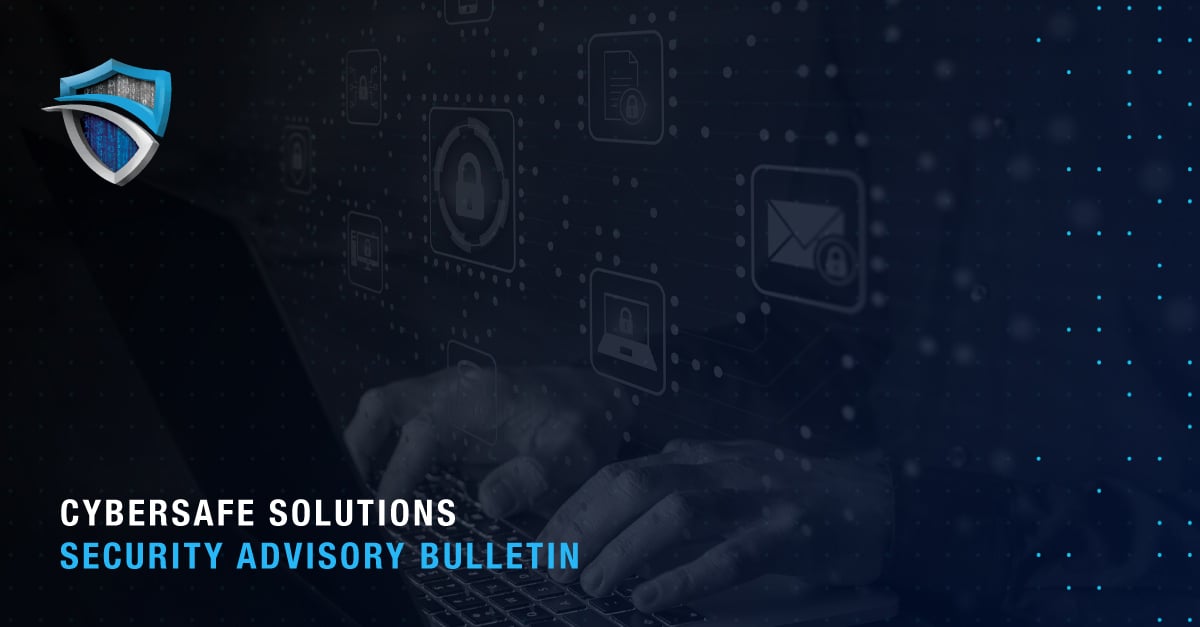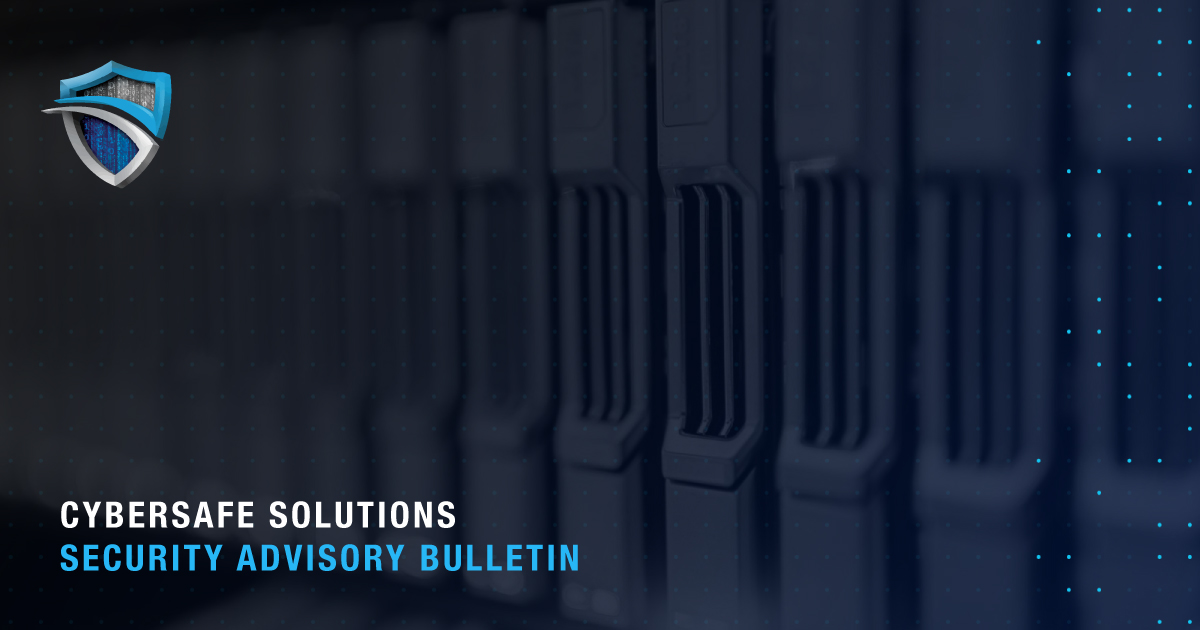Remote access facilitates the efficient management of internet of things (IoT) devices and operational technology (OT) for those in the facility maintenance industry. Increasingly, formerly separate systems connect over the internet. Their data is frequently collected into one management system for easy reference and real-time analytics.
However, having more interconnected systems inherently increases cybersecurity risks. We’ll examine the facility systems that may be most vulnerable to attack.
Security Systems
A security system is essential to ensuring intruders don’t access your facility. Ironically, the very systems designed to keep your business safe can also put you at risk of a cyberattack. Threat actors can jam alarms to stop them from sounding and even disable smart locks, allowing discreet access. Hackers can also use wireless surveillance systems to monitor activity in the building in real time.
Lighting Systems
Networked lighting controls make it easy to turn your lights on and off to keep your business illuminated during operating hours, but they also provide an entry point for hackers. While they could use this access to plunge your business into darkness, they’ll more often leverage it to attack joining endpoints with more robust defenses.
HVAC Systems
Smart thermostats, heating systems, cooling systems, and HVAC remote-monitoring solutions can help make maintenance more efficient and reduce energy consumption and associated costs, but they are all vulnerable to cyber risks. While the use of these devices has skyrocketed, their cybersecurity standards are in their infancy. Like many IoT devices, the main risk of an attack against an HVAC system is the ability to use it for inroads to other systems.
Fire Protection Systems
A networked fire protection system can help suppress fires quickly by accurately pinpointing the location and turning on the necessary sprinklers, safeguarding people and property. However, they’re also susceptible to new risks, including hacking. Threat actors may use these devices as backdoors into other systems, but cyber incidents also present serious safety risks. Hackers may trigger alarms and/or sprinklers to disrupt operations. They could also disable systems altogether, leaving buildings unprotected.
Elevators & Escalators
Interfaces between elevators or escalators and the internet can be invaluable during an emergency, providing live video, voice, and data. Hackers can also leverage this connectivity to their advantage by accessing phones in elevators to listen in on conversations and/or talk to occupants. While a cybersecurity incident is more likely to affect availability than safety, it is nonetheless an important factor to assess, which is why the trade organization National Elevator Industry, Inc. (NEII) has published cybersecurity best practices.
Industrial Control Systems (ICS)
Manufacturing facilities may use an ICS to manage industrial process automation. This can enhance safety, reduce costs, and improve efficiency. At the same time, it makes all connected systems more vulnerable to attack. Adversaries may seek access to disrupt production and/or collect information.
Building Management Systems (BMS) & Building Automation Systems (BAS)
BMS and BAS used to be closed off, employing proprietary protocols and software with no need for internet access. Without a connection to the outside world, these systems were not major targets. The increasing prevalence of smart buildings puts a greater target on automation and control systems, which grant threat actors unprecedented access to countless aspects of a facility’s infrastructure.
Enlist Cybersafe Solutions to Protect Your Systems
Cybersafe Solutions has the tools and expertise to protect your systems, regardless of your industry. Our continuous security monitoring provides 24/7/365 visibility into your systems to help you spot incidents before they interfere with your productivity, bottom line, or reputation. Contact us to learn more about how Cybersafe helps protect facilities from the latest threats.





